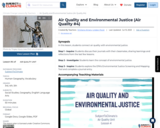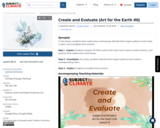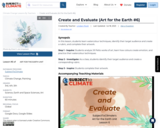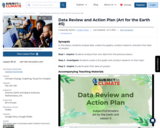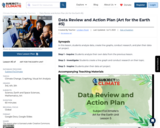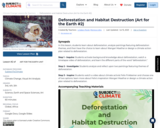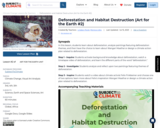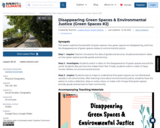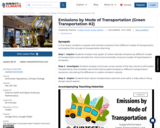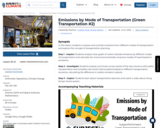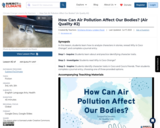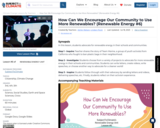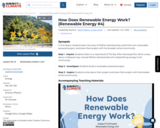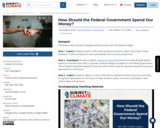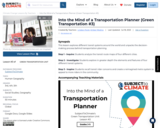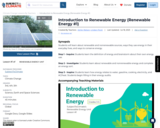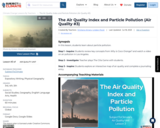
SYNOPSIS: In this lesson, students learn about particle pollution.
SCIENTIST NOTES: This lesson introduces students to gain elementary knowledge about air pollution, its sources, and implications on air quality. It provides critical insights on the impacts it has on low-income communities of Los Angeles. The lesson materials are well-written and cited. Thus, this lesson has passed our science review.
POSITIVES:
-This lesson dives deeper into the concept of air pollution and how to monitor air quality.
-This lesson involves movement and allows kids to have fun while learning about something serious.
ADDITIONAL PREREQUISITES:
-You will need to prepare the appropriate materials for The Cilia Game before class begins.
-The Cilia Game is quite silly. Be prepared for some laughs as the "cilia" try to defend the "lungs"!
-Cilia are tiny hair-like structures in our respiratory system that protect our lungs from foreign matter like particle pollution.
-In this lesson we use the term "particle pollution." This is usually referred to as "particulate pollution" or "particulate matter." For the purposes of this lesson, we have decided to use the simpler "particle pollution."
-"Air pollution" is kind of a catchall term, referring to things like ozone, particulate matter, and even greenhouse gases. This can be tricky for elementary students to sort out. The purpose of this lesson is for students to better understand particulate matter.
DIFFERENTIATION:
-Curious students may want more time to explore the interactive map of air quality.
-Students who complete their journal entry early can make their own air quality monitor.
-Be sensitive to your students' health situation. Some students with asthma or who know someone with asthma may find it difficult to learn more about this topic.
- Subject:
- Applied Science
- English Language Arts
- Health, Medicine and Nursing
- Physical Geography
- Physical Science
- Social Science
- Material Type:
- Lesson Plan
- Provider:
- SubjectToClimate
- Author:
- Emiliano Amaro
- Lindsey Pockl
- Date Added:
- 06/28/2023
